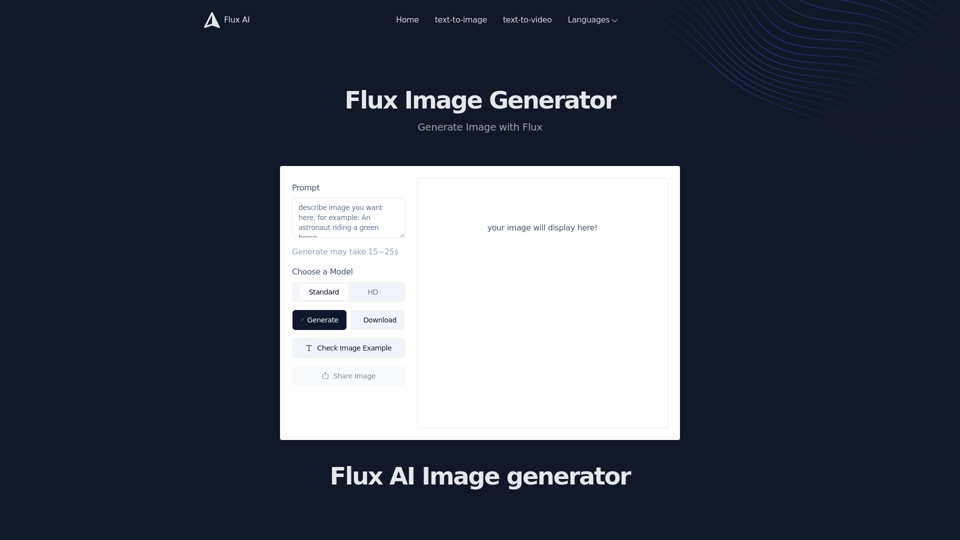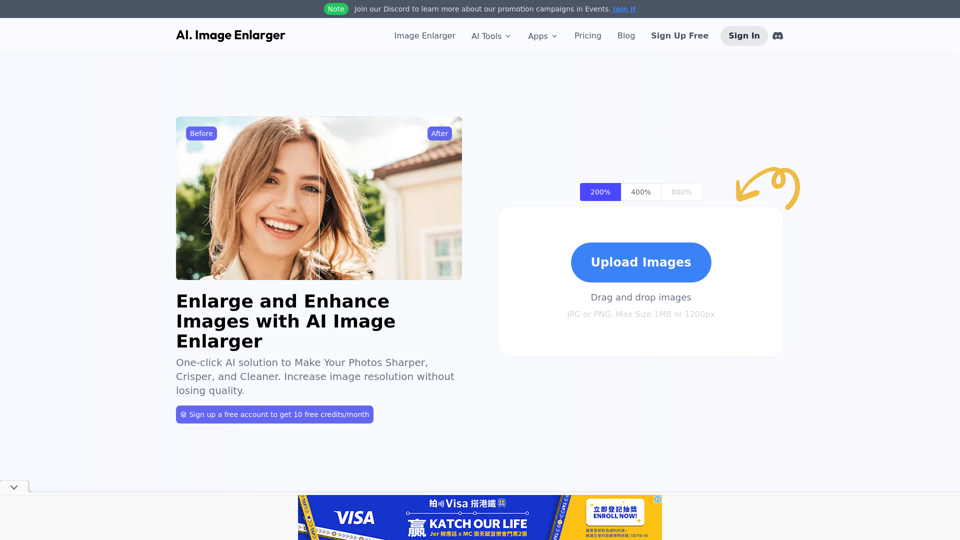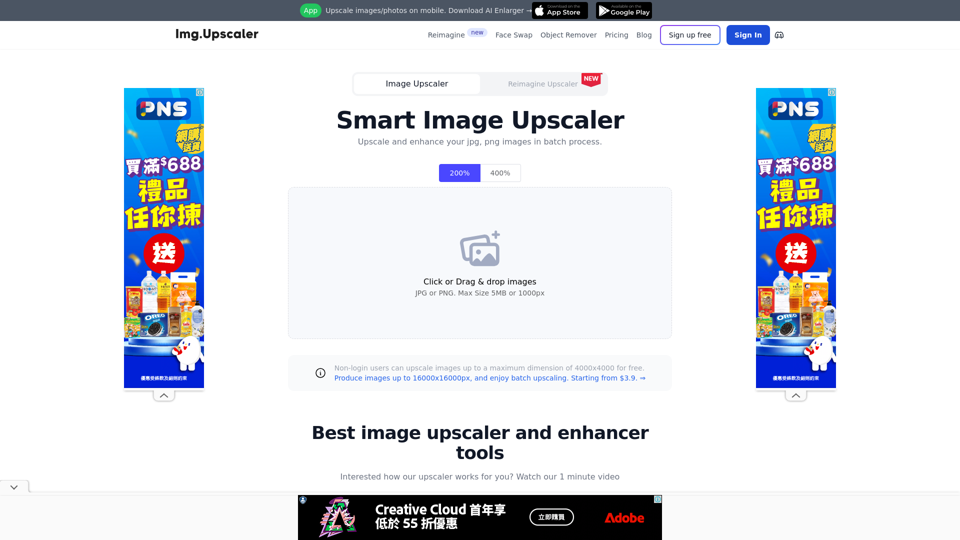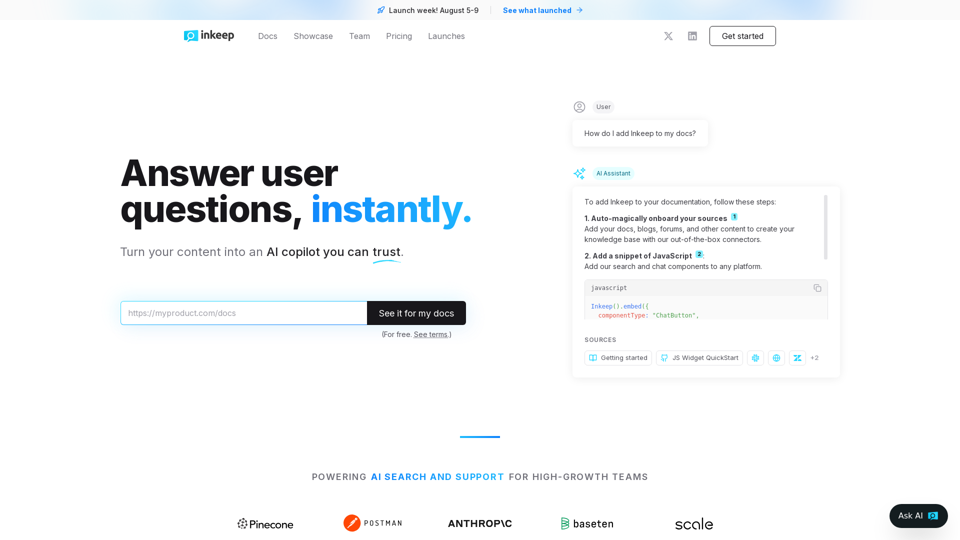Product Features of Flux AI Image Generator
Overview
Flux AI Image Generator is an advanced open-source AI image model developed by Black Forest Labs, known for its significant enhancements in visual appeal and detail rendering. It serves as a powerful alternative to Stable Diffusion, setting new benchmarks in AI-driven image generation.
Main Purpose and Target User Group
The primary purpose of Flux AI Image Generator is to enable users to create high-quality images from textual descriptions effortlessly. It is designed for artists, designers, content creators, and anyone interested in generating unique visuals for various applications, including digital art, marketing, and social media.
Function Details and Operations
-
Enhanced Image Detail: Produces images with exceptional clarity and intricate details, ideal for complex landscapes and detailed portraits.
-
Improved Prompt Adherence: Accurately interprets user prompts, ensuring that the output closely aligns with the user's creative vision.
-
Increased Output Diversity: Offers a wide range of diverse outputs from similar prompts, enhancing creativity and artistic interpretations.
User Benefits
- Create images for free using an open-source platform.
- Generate high-quality visuals quickly, with outputs ready in seconds.
- Explore a rich palette of artistic possibilities, fostering inspiration and innovation.
Compatibility and Integration
Flux AI Image Generator is accessible through platforms like Replicate and Hugging Face, allowing seamless integration into various workflows. It is compatible with multiple languages, enhancing its usability for a global audience.
Customer Feedback and Case Studies
Users have praised Flux AI for its exceptional image quality and the ability to generate diverse outputs. Case studies highlight its application in digital art creation, concept design, and content generation, showcasing its versatility and effectiveness in real-world scenarios.
Access and Activation Method
Flux AI Image Generator can be accessed online at flux-ai.net. Users can start creating images by entering their prompts, customizing settings, and generating visuals in just a few clicks. The model is open-source, allowing developers and researchers to contribute to its ongoing development.




